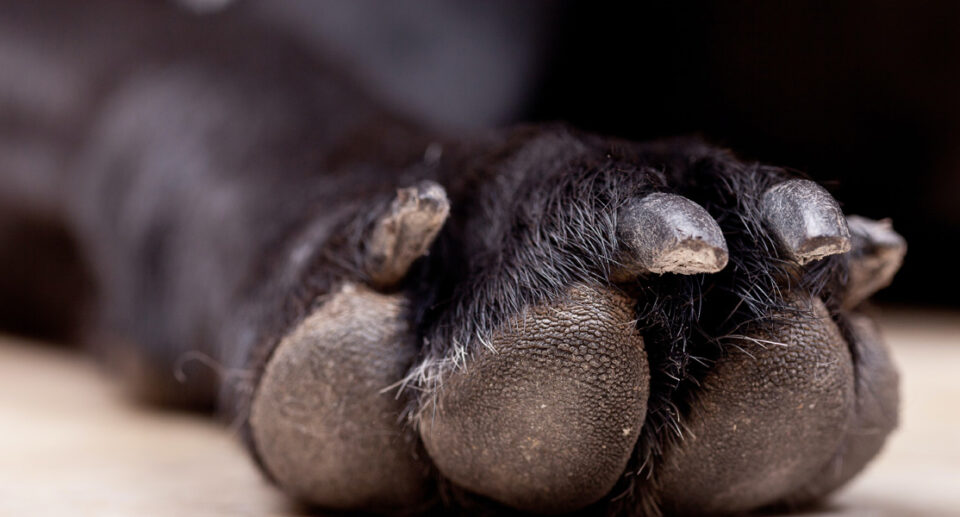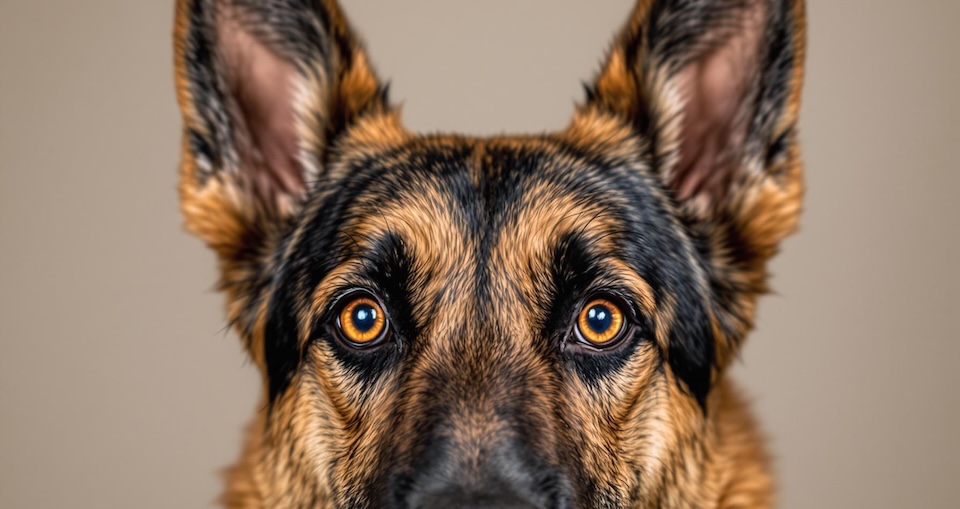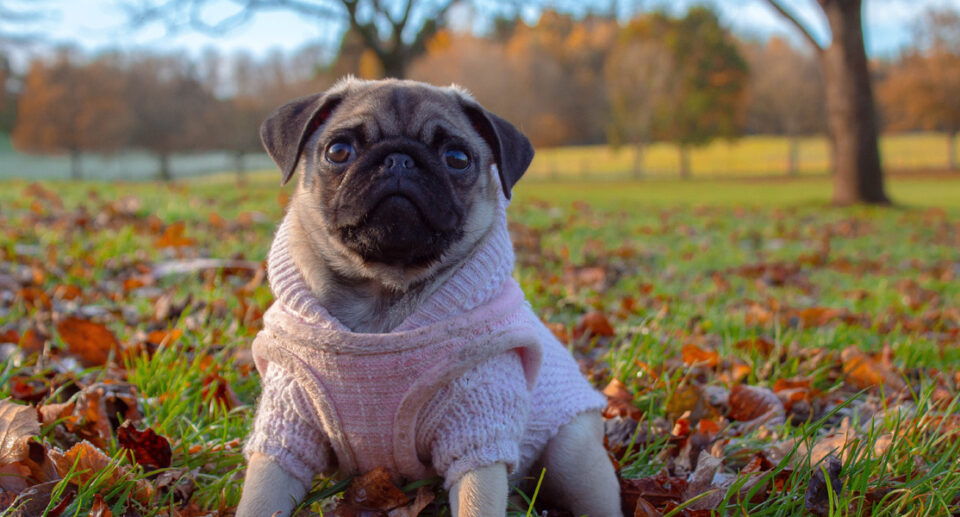How To Care For Your Dog’s Cracked Paw Pads

It’s normal for your dog’s paw-pads to be a little rough to withstand walks on concrete and other outdoor surfaces. If they’re too rough, though, they can start to develop cracks. These cracks can become painful and may even bleed. With gentle care, you can keep your dog’s paws healthy and pain-free.
Why Do Dogs Get Cracked Paw Pads?
Dry skin is common in dogs in the wintertime because the humidity in the air tends to be lower, both indoors and out. Icy sidewalks and melting salts can further irritate dry, cracked paws. It’s also common for paw-pads to dry out in the summer as your dog walks on hot surfaces.
Excessive licking can also dry out your dog’s paw-pads. If you notice a strong, yeasty odor – they might smell like popcorn – your dog may have yeast overgrowth, which is a symptom of food sensitivities. You can use Dermabliss Wipes to eliminate fungi and bacteria that cause itchy paws.
Preventing Cracked Paw Pads
Walking your dog on pavement more often can actually make the skin on their paw pads tougher and thicker, helping them become less susceptible to cracks. Even with tough pads, though, you should try to keep your dog’s paws safe from extreme conditions.
During the summer, avoid taking walks during the hottest part of the day. It can take the pavement a few hours to cool down in the afternoon. Always check the temperature of the pavement by touching it with the back of your hand. If you can’t avoid walks when the pavement is hot, stick to areas with plenty of grass or trees for shade.
You can protect your dog’s paws from ice and melting salts with booties. A good pair of booties cna last your dog’s whole life for many winters to come.
How To Treat Dry, Cracked Paw Pads
If your dog’s paws are dry with shallow cracks that do not bleed, you can moisturize them at home with Paw Rescue. It gently moisturizes dry paws and forms a waxy barrier to help protect the pads from further damage. Apply Paw Rescue as often as needed. You can apply it before walks to help protect the paws from rough surfaces. You can also apply it before bedtime so it can moisture the paws overnight.
An omega-3 fatty acid supplement helps moisturize dry skin, reduces inflammation, and promotes healing. Super Pure Omega 3 Bite-Sized Chews are chicken-liver flavored soft treats that are easy to add to your dog’s diet.
If your dog’s paws have deep cracks that bleed or are not healing, seek veterinary care.





